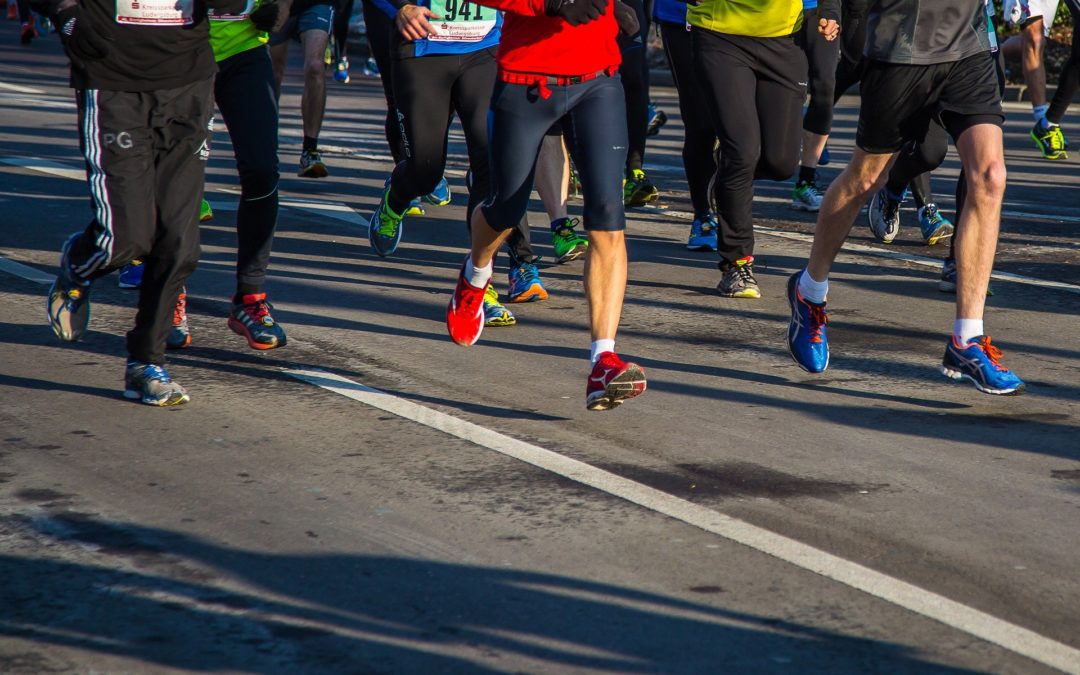Epidemiology of Bone Stress Injuries and Healthcare Utilization in PAC-12 Cross-Country Athletes
Wayner RA, Brown CN, Bovbjerg VE, Fredericson M, Soucy MT, Choe S, Simon JE. J Athl Train. 2023;10.4085/1062-6050-0089.23 [published online ahead of print, 2023 Jul 18].
Take Home Message
Bone stress injuries in cross country athletes most often occur in women, are overuse, and require 10-11 services provided by Athletic trainers.
Background
The injury rate in cross-country running is about 4 per 1000 athletic exposures. Some authors have found bone stress injuries to be ~20% of all injuries in cross-country. Patients who sustain a bone stress injury can have up to six times greater risk of subsequent bone stress injury. Unfortunately, we know little about how common bone stress injuries are among male and female NCAA Division I cross-country athletes and what healthcare services they receive.
Study Goals
The authors assessed the healthcare utilization, injury rate, and injury characteristics of bone stress injuries in NCAA Division I cross-country athletes.
Methods
The authors used deidentified data from the PAC-12 Health Analytics Program injury registry. The registry included injury data and healthcare services entered by athletic trainers from July 2018 to June 2022. The authors classified bone stress injuries as ones in the lumbar spine, pelvis, or lower extremities. They excluded cases of medial tibial stress syndrome for this paper. The authors categorized injuries into acute or chronic onset and time loss or non-time loss injuries. They then calculated healthcare utilization by counting the number of encounters with a provider (athletic trainer or physician), prescriptions, procedures, or tests. The authors also assessed the time in the year the injury occurred: pre-season, in-season, post-season, and off-season.
Results
The rate of bone stress injuries was 0.14 per athlete season. Females’ rate of bone stress injury was 58% higher than males. Overall, 92% of bone stress injuries occurred through an overuse mechanism. More specifically, 73% of all bone stress injuries had classifications of time loss and overuse in nature. On average, a patient received 10.5 athletic training services. Patients with an overuse and time loss injury tended to receive slightly more athletic training services than those with an overuse and non-time loss injury (10.9 vs. 12.2).
Viewpoints
Among Division I collegiate cross-country runners, bone stress injuries are common and tend to be caused by overuse mechanisms, leading to time loss. These injuries required significant athletic training services but rarely other healthcare services (e.g., medications, tests, procedures, surgery). It would be interesting to see if this pattern persists in other athletic conferences. The authors acknowledged that the use of athletic training services among these collegiate patients was more significant than the use of athletic training services by high school cross-country runners. Hence, we should carefully apply these results to different age groups.
Clinical Implications
Clinicians should promote injury prevention programming for cross-country athletes that targets overuse injuries, including bone stress injuries. The high demand for athletic training services for this patient population highlights the need for sufficient staffing to work with collegiate Division I cross-country runners.
Related posts
Is Lifestyle a Factor for Adolescents with Bony Stress Injuries?
Who Gets Stress Fractures in College?
Written by Mitchell Barnhart
Reviewed by Jeffrey Driban


